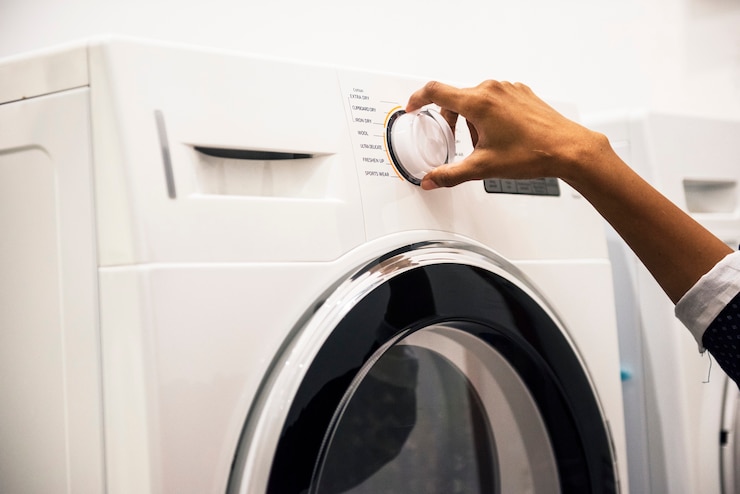In an age of ever-evolving technology, the humble washing machine has become an indispensable appliance in households worldwide. Its convenience in automating laundry chores has transformed the way you approach cleanliness.
However, amidst environmental concerns and resource constraints, a curious question arises: Can you use washing machine without running water? This intriguing inquiry challenges me to explore innovative alternatives and question the assumptions of conventional washing practices.
Let’s discover whether the washing machine can adapt to a world where water may not flow as freely as it once did.
Can You Use Washing Machine Without Running Water?
No, you cannot use a washing machine without running water. Washing machines require a steady supply of water to function properly.
The water is essential for filling the drum, allowing detergent to dissolve and mix with the clothes, as well as facilitating the washing and rinsing cycles.
Without running water, the washing machine won’t be able to perform its primary function, which is to clean and rinse the clothes.
It would also risk damaging the machine’s internal components if it were operated without water, as the lack of water might cause the motor to overheat or the drum to spin erratically.
On the other hand, some say that it is possible to wash clothes in a washing machine without running water.
If you are using a front-loading washing machine, you can fill the tub with enough water to properly soak your clothes. Top-loading washing machines may require you to fill the tub manually with a hose or bucket.
However, you should only wash a small load of clothes at a time without running water. This will help to ensure that your clothes are properly washed and will not be damaged by the washing machine.

Is It Safe to Use a Washing Machine Without Water?
Running a washing machine without water is unsafe because it can damage the machine.
When the drum rotates, it causes friction. If there’s no water in the drum, that friction can cause the drum to heat up and potentially warp or crack.
Additionally, if there’s no water in the machine, it can create a suction effect that could suck your clothes into the washer and damage them.
Related: Can You Use A Washing Machine Without Boiler?
How Can You Use a Washing Machine Without Tap Water?
There are a few ways to use your washing machine without tap water.
One way is to connect your washing machine to a rainwater harvesting system. This system captures and stores rainwater for later use, such as in your washing machine.
Another way to use your washing machine without tap water is to connect it to a greywater system. A greywater system recycles wastewater from your household sinks, showers, and baths for use in things like irrigation and flushing toilets.
A third way to use your washing machine without tap water is by using a portable water tank. You can fill this tank with fresh water from another source, such as a well or river, and then use that water in your washing machine.
Read more: Do Washing Machines Work Without Water?

Does Turning off the Water Affect the Washing Machine?
Short answer: no.
Long answer: Different washing machines have different water usage rates, so it’s possible that turning off the water would cause the machine to malfunction.
However, even if the machine works with turned-off water, you would likely see a significant increase in your energy bill since most machines use more electricity when not using water.
Conclusion
So, can you use washing machine without running water? The answer may be no.
However, while it is unsafe to operate a washing machine without water due to potential damage to its internal components and clothes, there are ways to use it without tap water.
Rainwater harvesting and greywater systems offer sustainable alternatives, allowing us to recycle and reuse water for laundry purposes.
As we strive for more eco-friendly practices, exploring such solutions can play a significant role in adapting washing machines to a world where water availability is a concern.
It highlights the importance of rethinking our approaches and embracing technology that aligns with our environmental responsibilities.







